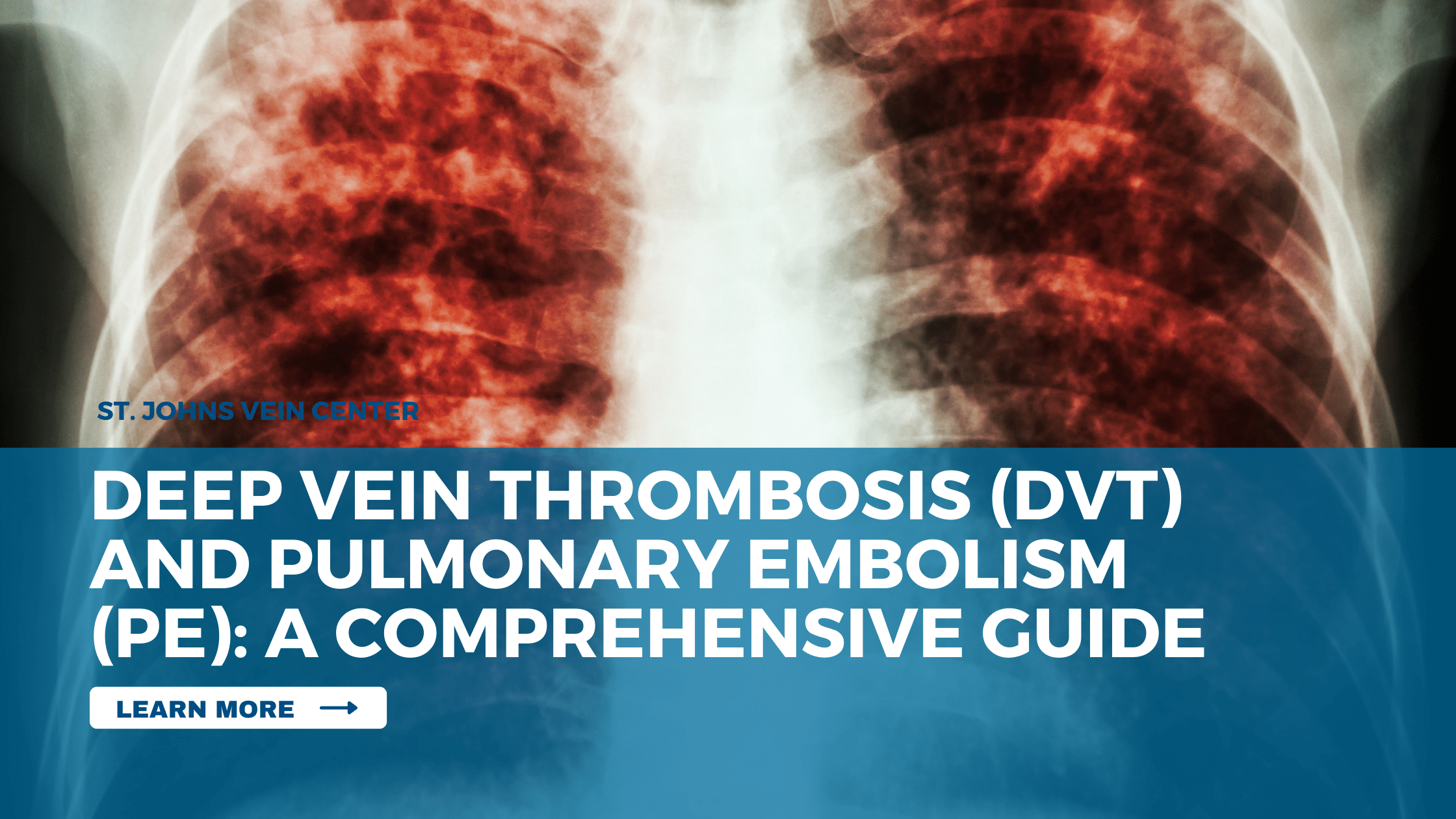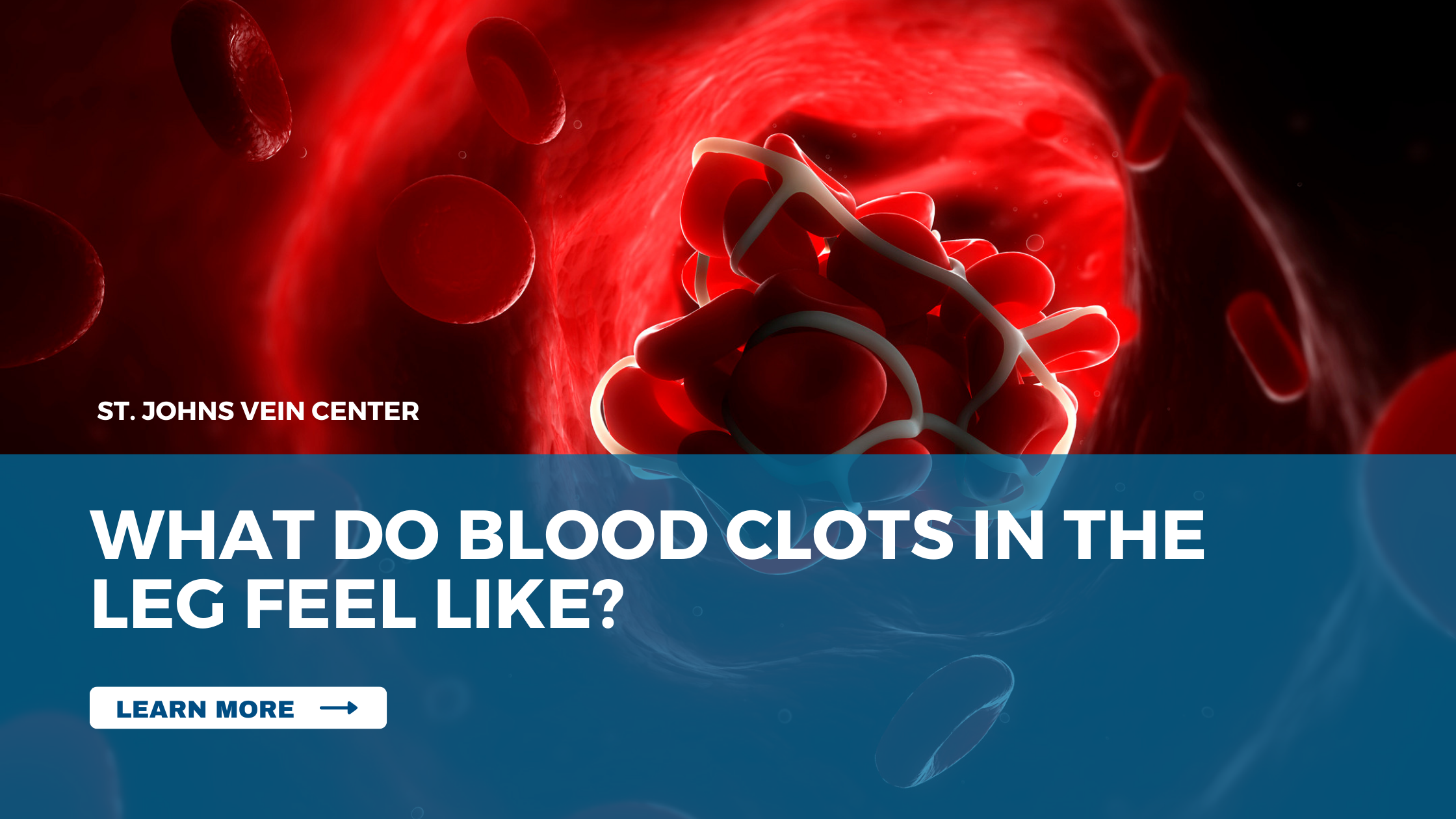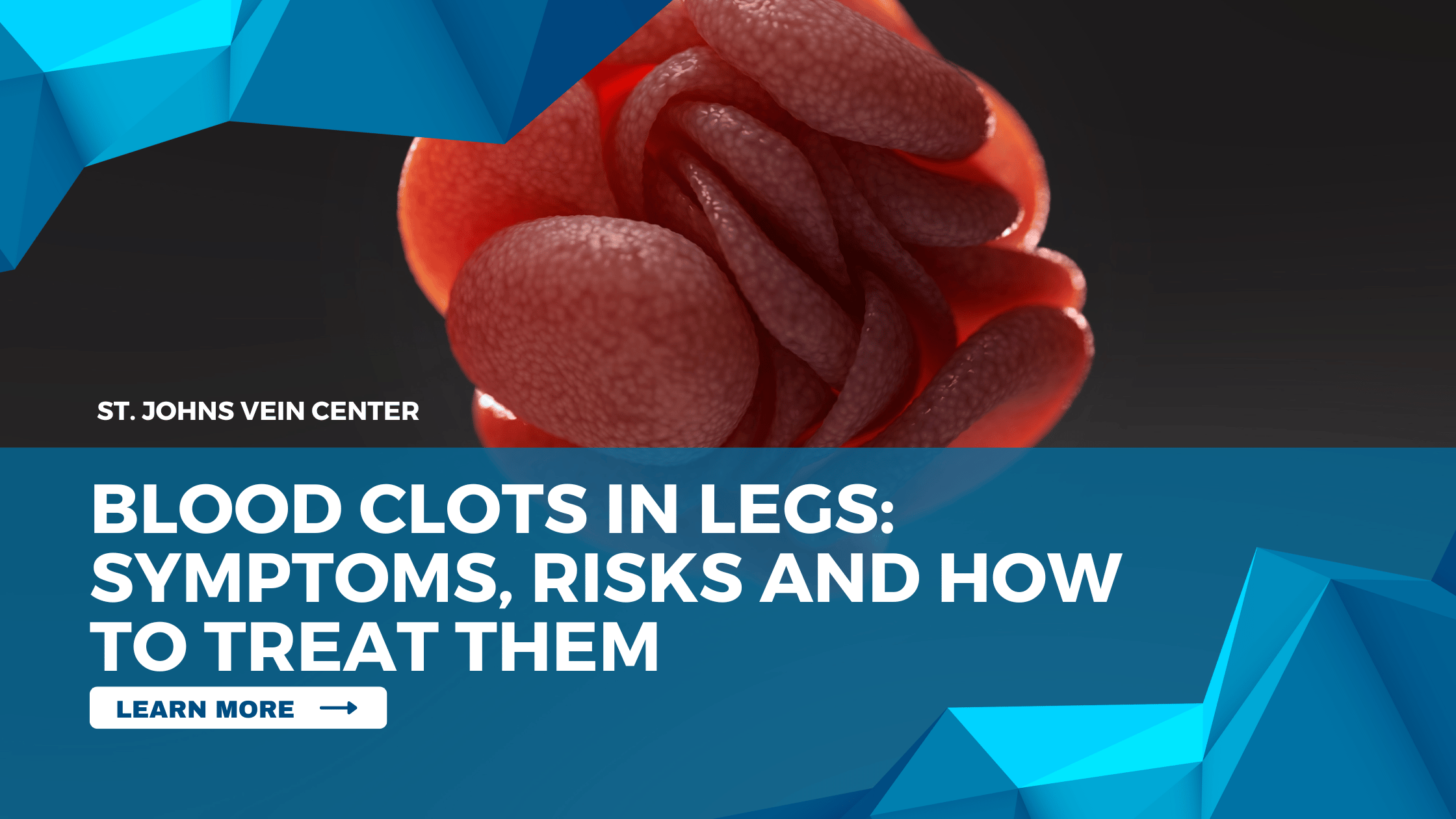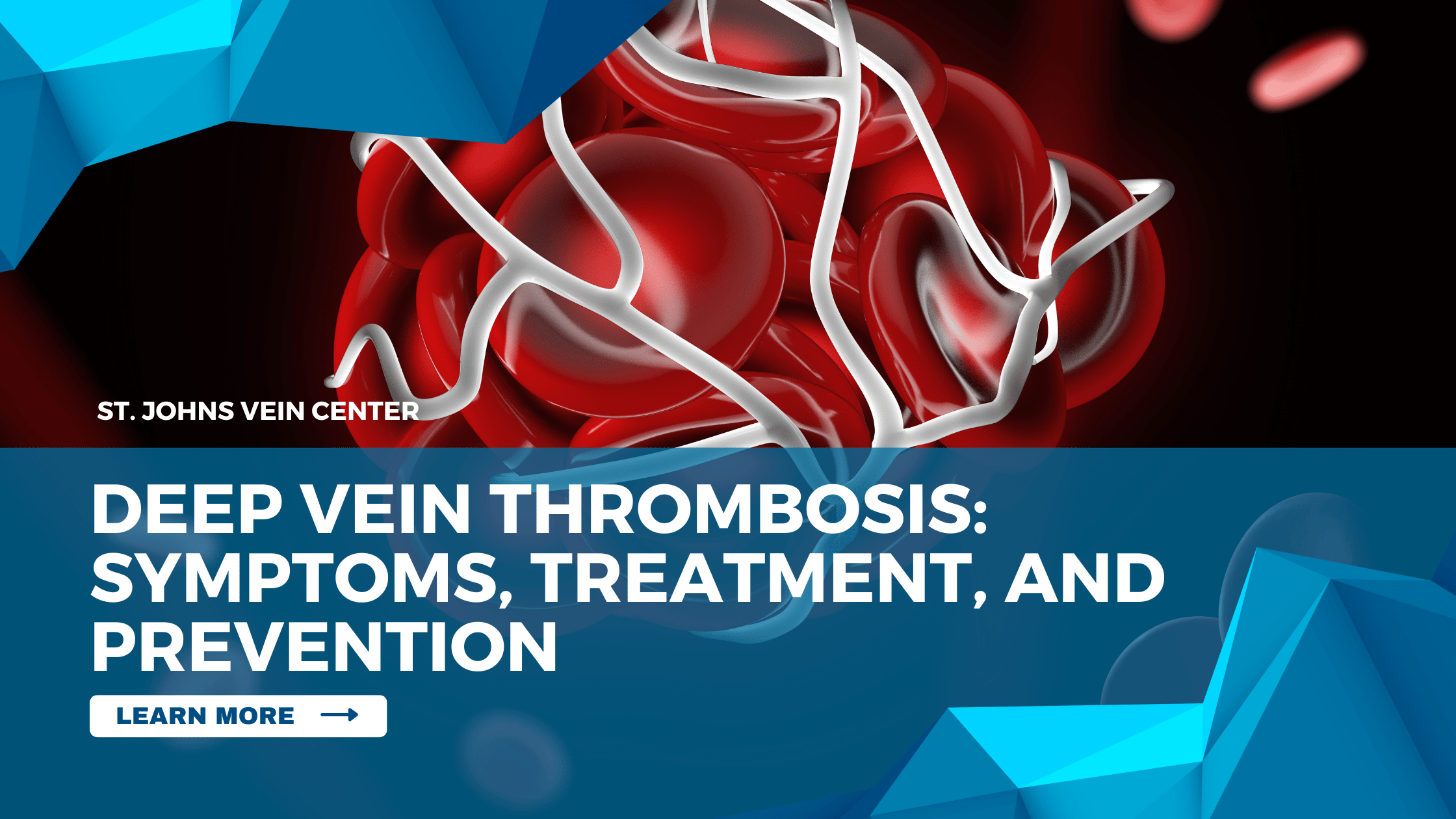Deep Vein Thrombosis (DVT) and Pulmonary Embolism (PE) are two interrelated medical conditions that pose significant risks to individuals worldwide. These conditions are associated with the formation of blood clots in deep veins and their subsequent migration to the lungs, respectively. Despite their severity, DVT and PE often go unnoticed until complications arise. In this blog post, we will delve into the causes, symptoms, risk factors, prevention, and treatment options for DVT and PE.
Understanding Deep Vein Thrombosis (DVT)
Deep Vein Thrombosis (DVT) occurs when a blood clot forms in one of the deep veins of the body, commonly in the legs. The clot obstructs proper blood flow, potentially leading to swelling, pain, and even serious complications. Several factors contribute to the development of DVT, including:
- Prolonged immobility: Extended periods of inactivity, such as long flights or bed rest, can increase the risk of DVT.
- Surgery and trauma: Surgeries, especially those involving the lower extremities or abdomen, pose a risk of blood clot formation.
- Genetic predisposition: Certain inherited conditions can make individuals more prone to developing blood clots.
- Pregnancy and hormonal changes: Hormonal fluctuations during pregnancy and the use of hormone replacement therapy or birth control pills can increase the likelihood of DVT.
Recognizing Pulmonary Embolism (PE)
Pulmonary Embolism (PE) is a severe condition that occurs when a blood clot dislodges from its site of origin (usually a deep vein) and travels to the lungs. PE can be life-threatening, as it restricts blood flow to the lungs and compromises the oxygen supply to the body. Symptoms of PE may include:
- Sudden shortness of breath
- Chest pain, especially while breathing or coughing
- Rapid or irregular heartbeat
- Coughing up blood
- Unexplained anxiety or lightheadedness
Risk Factors and Prevention
Several risk factors can increase an individual’s susceptibility to DVT and PE. These include:
- Age: The risk of developing blood clots increases with age.
- Obesity: Excess weight puts additional pressure on veins, increasing the likelihood of clot formation.
- Smoking: Tobacco use damages blood vessels, making clots more likely to form.
- Previous history: Individuals who have experienced DVT or PE in the past are at higher risk of recurrence.
- Chronic diseases: Conditions such as cancer, heart disease, and inflammatory disorders elevate the risk.
To prevent DVT and PE, it is crucial to adopt a proactive approach:
- Regular physical activity: Exercise improves blood circulation and reduces the risk of clot formation.
- Maintaining a healthy weight: A balanced diet and weight management help reduce the strain on veins.
- Avoiding prolonged immobility: During long trips or sedentary activities, take breaks to move around and stretch.
- Compression stockings: These stockings promote healthy blood flow, especially during long periods of inactivity.
- Medication and medical interventions: Depending on individual risk factors, doctors may prescribe anticoagulants or recommend surgical procedures.
Treatment Options
If DVT or PE is suspected, seeking medical attention promptly is crucial. Treatment options for DVT and PE typically involve:
- Anticoagulant medication: Blood-thinning medications, such as heparin and warfarin, are commonly used to prevent the growth of existing blood clots and prevent new ones from forming.
- Thrombolytic therapy: In severe cases, thrombolytic drugs can be administered to dissolve the blood clot quickly.
- Inferior vena cava (IVC) filters: For individuals at high risk of recurrent blood clots, a small device can be inserted into the inferior vena cava to catch and prevent clots from reaching the lungs.
Deep Vein Thrombosis (DVT) and Pulmonary Embolism (PE) are serious medical conditions that require prompt attention and appropriate treatment. By understanding the causes, recognizing the symptoms, and taking preventive measures, individuals can reduce their risk of developing DVT and PE. If there are any concerns or suspicions, consulting a healthcare professional is essential for accurate diagnosis and timely intervention. Remember, early detection and proper management can save lives and prevent potentially devastating complications.




